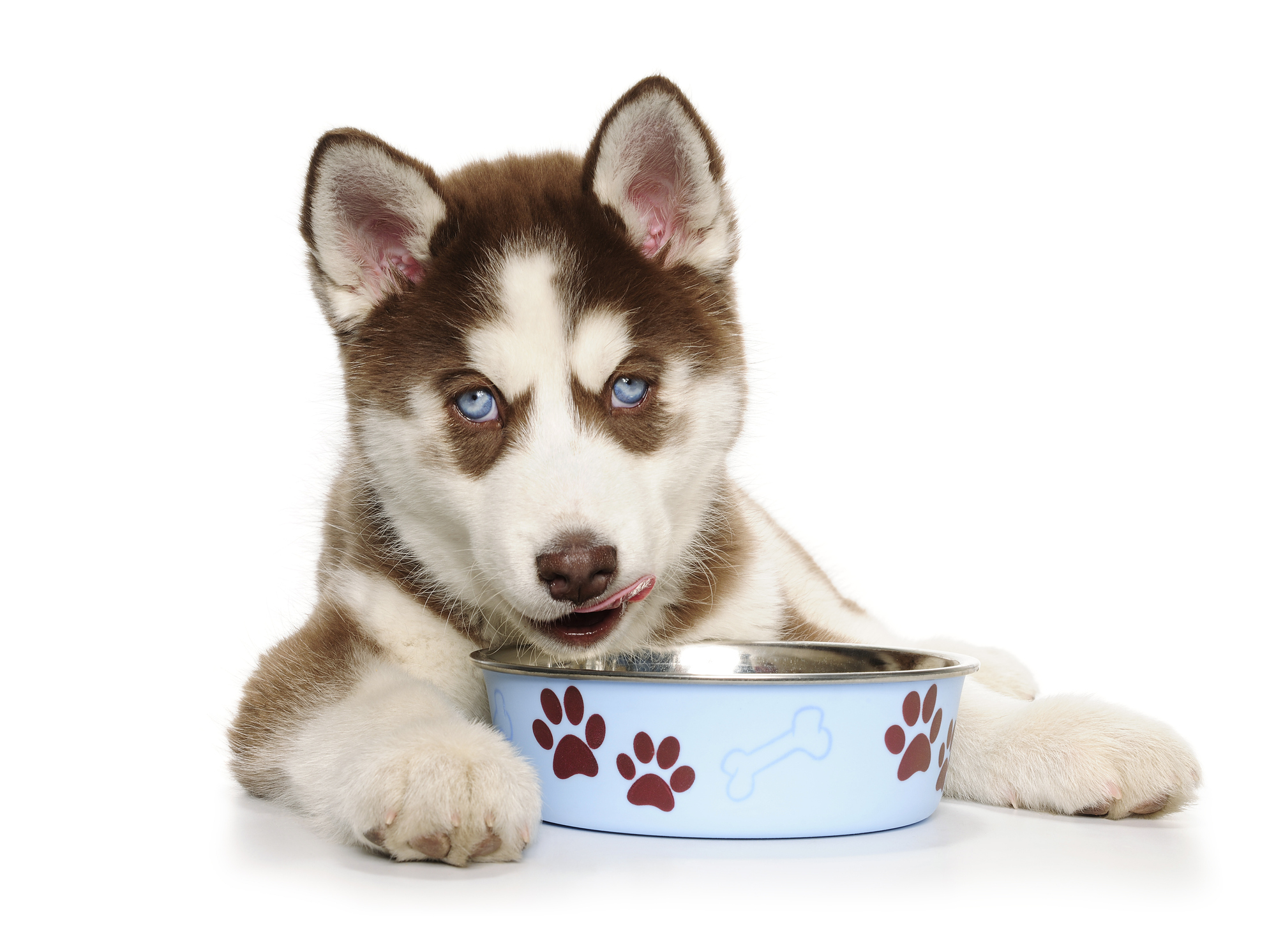- March 1, 2022
- No Comment
- 7 minutes read
Pet Nutrition: How to Get Your Pet on a Healthy Diet – Long Island Press

Sign up for our COVID-19 newsletter to stay up-to-date on the latest coronavirus news throughout New York
Raise your hand if your New Year’s resolution had to do with changing your dietary habits. Well, perhaps your pet should follow suit.
Look no further than the origins of commercially prepared food many feed their pets today, according to Clinical Pet Nutritionist Bronwyn Farley.
“In 1950, General Mills acquired Spratt’s one-size-fits-all recipe,” she says. “This was the beginning of Purina and other major food companies such as Pedigree, Royal Canin, and Greenies, all produced by Mars Inc. The one-size-fits-all mentality paired with over-processed foods and over-vaccinating left us facing over 6 million cancer diagnoses.”
The National Cancer Institute reports that one of four dogs will be diagnosed with cancer — one out of two dogs after the age 10.
“‘My dogs have been fine on an all-kibble diet’ is a statement I hear frequently, and yes, dogs can survive on kibble,” she says. “All dogs are ok … until they aren’t. Knowing that there are better healthier alternatives is half the fight.”
Many experts agree that the best course of action is a balanced diet that includes proper nutrients, protein, and fats, and knowing the right amount of food to provide without overfeeding. Christine M. Filardi, behavioral nutritionist, owner of BowMeowRaw, and author of Home Cooking for your Dog has seen the benefits of a homemade diet for many of her clients.
“I would rescue very sick animals that came home with a ton of medications and once we started them with a human-grade diet, their health drastically improved,” says Filardi.
It turns out the secret to proper nutrition likely dates back thousands of years, well before pet stores and commercial grade pet food became the norm. Filardi recommends giving your pet a variety of different foods over the course of three to four days.
“When animals are in the wild, they never eat the same meal every day, so rotate proteins, fruits and vegetables and depending on your pet, a human-grade probiotic may be beneficial,” says Filardi.
If the cost of a homemade diet has you concerned, consider this: Not only does the price of kibble and processed foods continue to rise, but these options typically contain salt, fats, and sugars which can lead to dental disease, obesity, and other health-related issues, all of which are extremely costly to treat. Another great tip: Ditch supplements like fish oil and give your pet sardines or anchovies, foods that contain a direct source of the nutrient. They’ll definitely thank you for it!
Remember to slowly incorporate changes to your pet’s diet and talk to your veterinarian about your pet’s specific dietary needs.
Sign up for Long Island Press’ email newsletters here. Sign up for home delivery of Long Island Press here. Sign up for discounts by becoming a Long Island Press community partner here.
Everything Long Island
Investigations
Brain Candy
Best Of Long Island
Archives
Masthead
Contact Us
Advertise
Facebook
Google +
Twitter
Youtube

